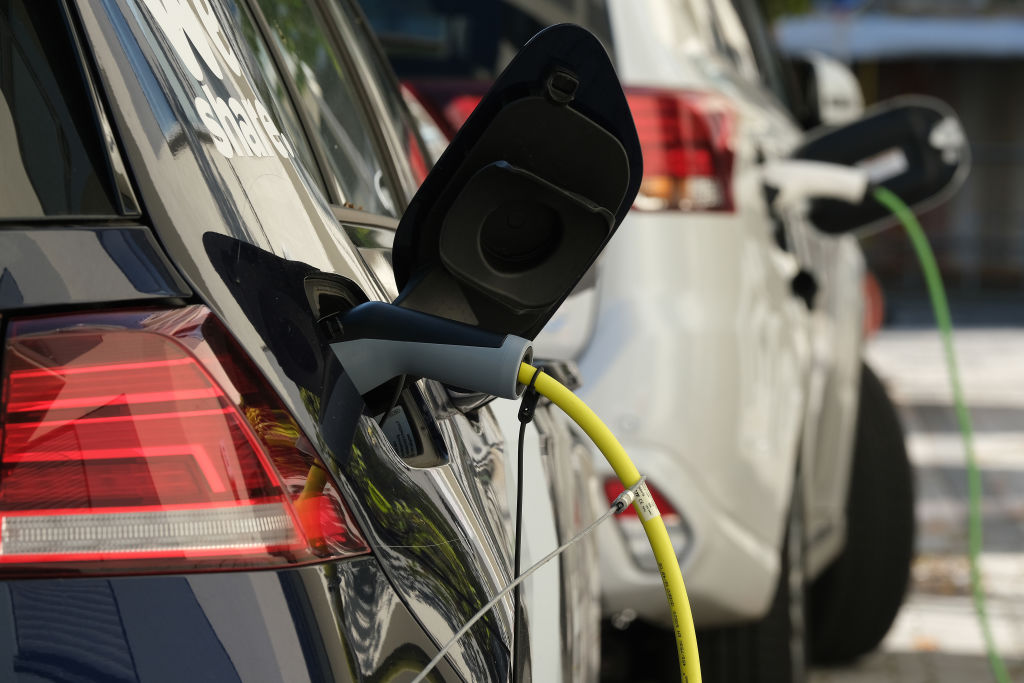A Colorado man learned the lesson of just how bad electric vehicles are for long-distance travel when he discovered that it took him 15 hellish hours to drive from Cheyenne to Casper, Wyoming.
At around 180 miles, this is a trip that only takes about three hours in a gas-powered vehicle. But because he was in an EV, the trip took five times more time to make the distance.
EV owner Alan O’Hashi lives in Colorado today, but he used to live in Wyoming, and he makes frequent trips back to the Cowboy State. And while his Nissan Leaf is fine for making short hops around town at home, he found out that using the vehicle to make a long drive in wide-open Wyoming was not a very good idea, Cowboy State Daily reported.
O’Hashi learned that using his EV for a long trip was most definitely a different game.
“It was very difficult, O’Hashi told Cowboy State Daily. “For example, (it took) 15 hours to get from Cheyenne to Casper.”
The 15-hour slog was his first attempt at using his EV for the trip to Wyoming. He has made the trip since, too. But he has only been able to shave four hours off that time, even with the experience.
The huge problem is, of course, a lack of charging stations. And since EVs only travel a few hundred miles between charges, that meant he was stuck trying to find places to charge — which were usually way out of his way — and then sit idly for hours as his vehicle charges up.
Certainly, electric cars themselves are not always a problem, especially for local driving. Instead, the problem comes with the Biden administration’s attempts to force Americans to switch to electric vehicles rather than allowing them to determine for themselves what kind of vehicle best fits their needs.
Another problem is the fact that our entire electric grid is not set up to charge millions of electric cars. Already this year California told EV users not to charge their cars during its repeated summer blackouts.
The terrible experience spurred O’Hashi to write a book about his long drives through Wyoming in an EV, titled “On The Trail: Electric Vehicle Advice and Anxiety.”
“What I’ve learned from driving this thing is patience,” the bedraggled EV owner said.
O’Hashi found several major problems that EV dealers don’t talk about.
Firstly, he realized that if he is out on the open road and runs out of juice, he is forced to pay the expense of a tow truck to get him to the nearest charging station.
Secondly, since there are three types of charging stations all of which charge at different speeds, he was stuck waiting for widely varying numbers of hours. In fact, sometimes he would be forced to sit overnight, only to end up with enough battery power to drive a mere 40 miles.
Level 3 chargers, for instance, can give a full charge in around three to four hours. But charging on a home-based, level 1 charger can entail a two or three day wait for a full charge.
Then there is the fact that hilly roads sapped his power faster than level roads, so going through hilly territory could cut his battery life by as much as half.
EVs also carry massive costs long-term that the auto industry is desperate to keep customers from learning.
Then there is the serious mental aspect about driving an EV. The phenomenon is called “range anxiety,” as drivers find themselves in anguish over whether or not they will make it to the next charging station before their EV conks out.
In the end, O’Hashi said that EVs are simply not suited for long-distance driving, and the infrastructure required to support them is many years away, even if America starts trying to build that capability now.
O’Hashi is not the first person to run up against the uselessness of EVs for long hauls. Another man found that driving his electric Hyundai across Montana was a nightmare. In some cases, charging for 10 hours only brought his battery to a 20 percent charge, which only allows a few miles of driving. Then there is the case of the man who discovered that his electric truck was not suited for towing despite what the manufacturers said.
The plain truth is that EVs are not ready for use in much of the United States. Even in blue states, there are many areas that feature long stretches of highway in the middle of nowhere, and there simply aren’t any charging stations to allow EV users to drive for a few hours, charge up, drive a few hours more, only to charge up again.
If individual consumers want to buy a far more expensive electric vehicle only to drive locally, that is their choice, of course. But the government’s idea that we all should be in an EV is simply not a logical goal.
UPDATE, Oct. 19, 2022: This article has been updated to indicate the electric vehicle driven by Alan O’Hashi is a Nissan Leaf.
This article appeared originally on The Western Journal.
























